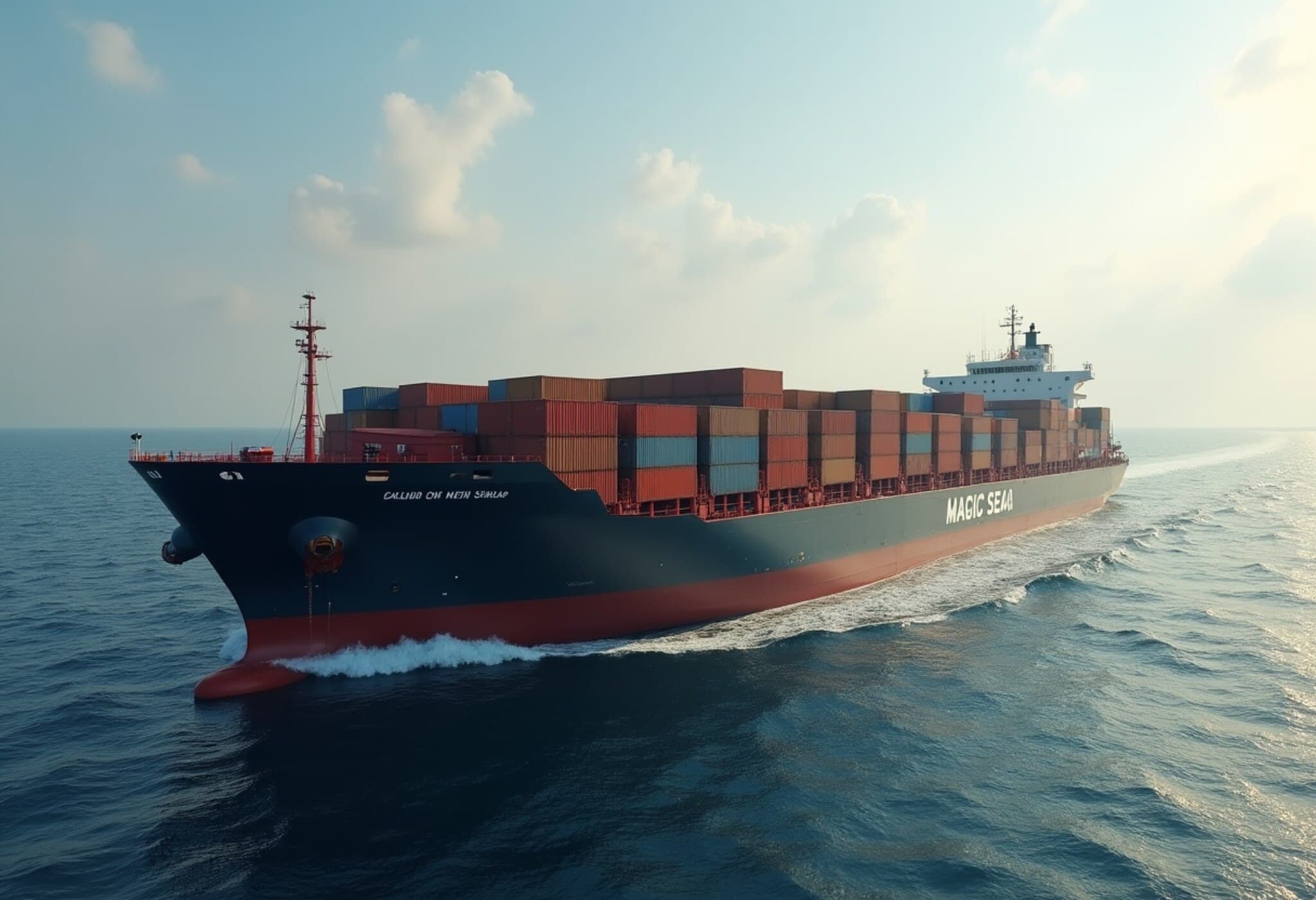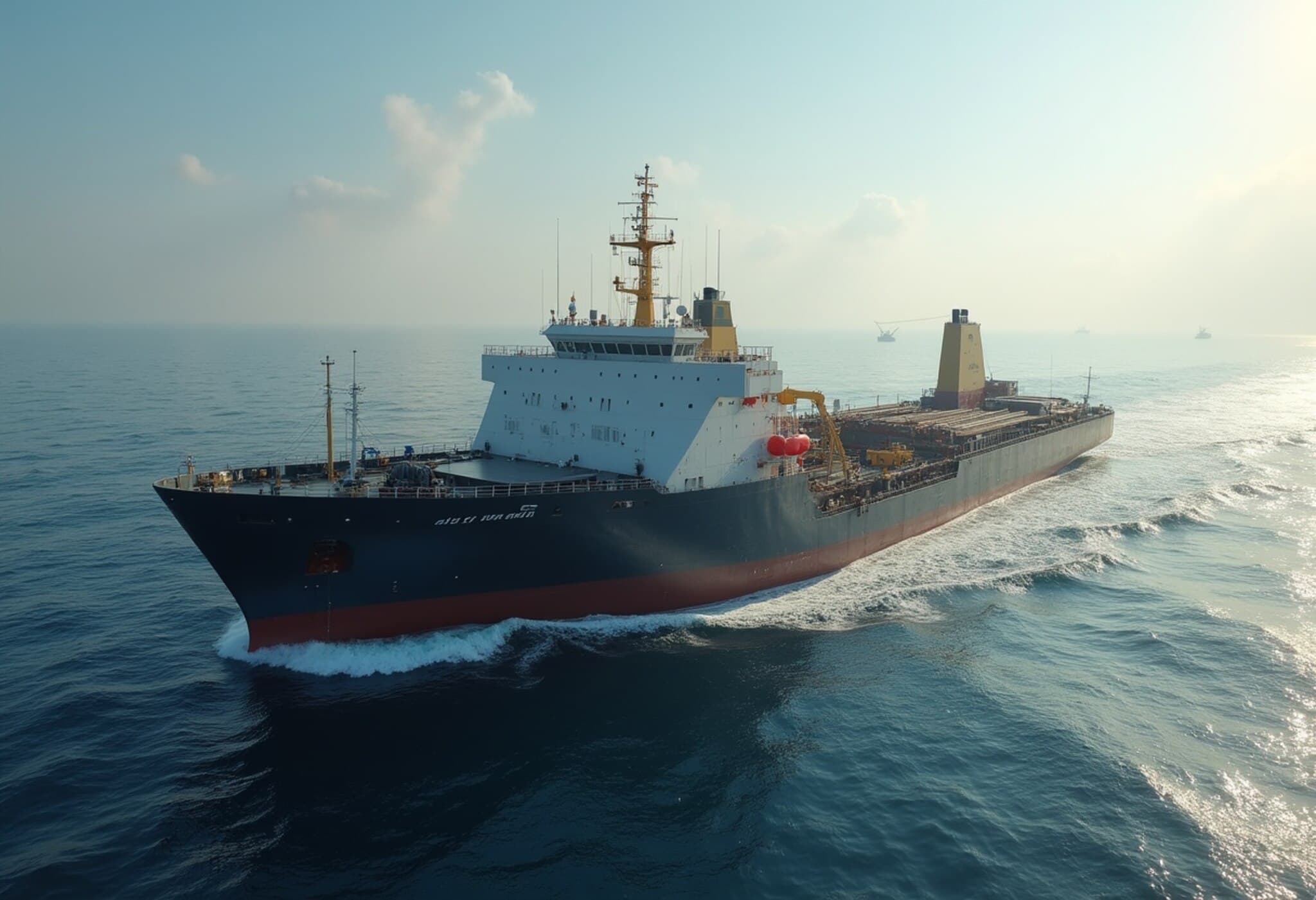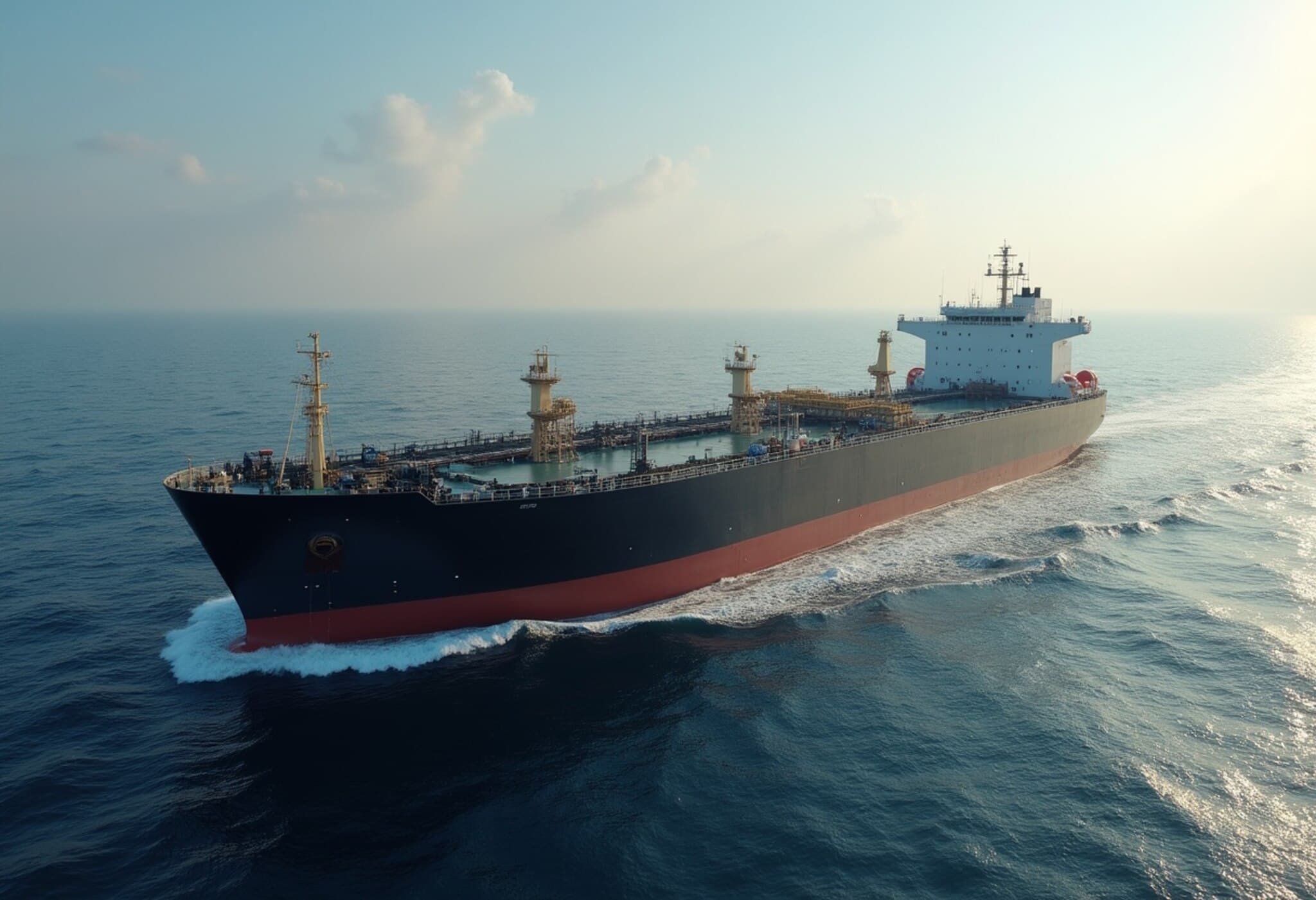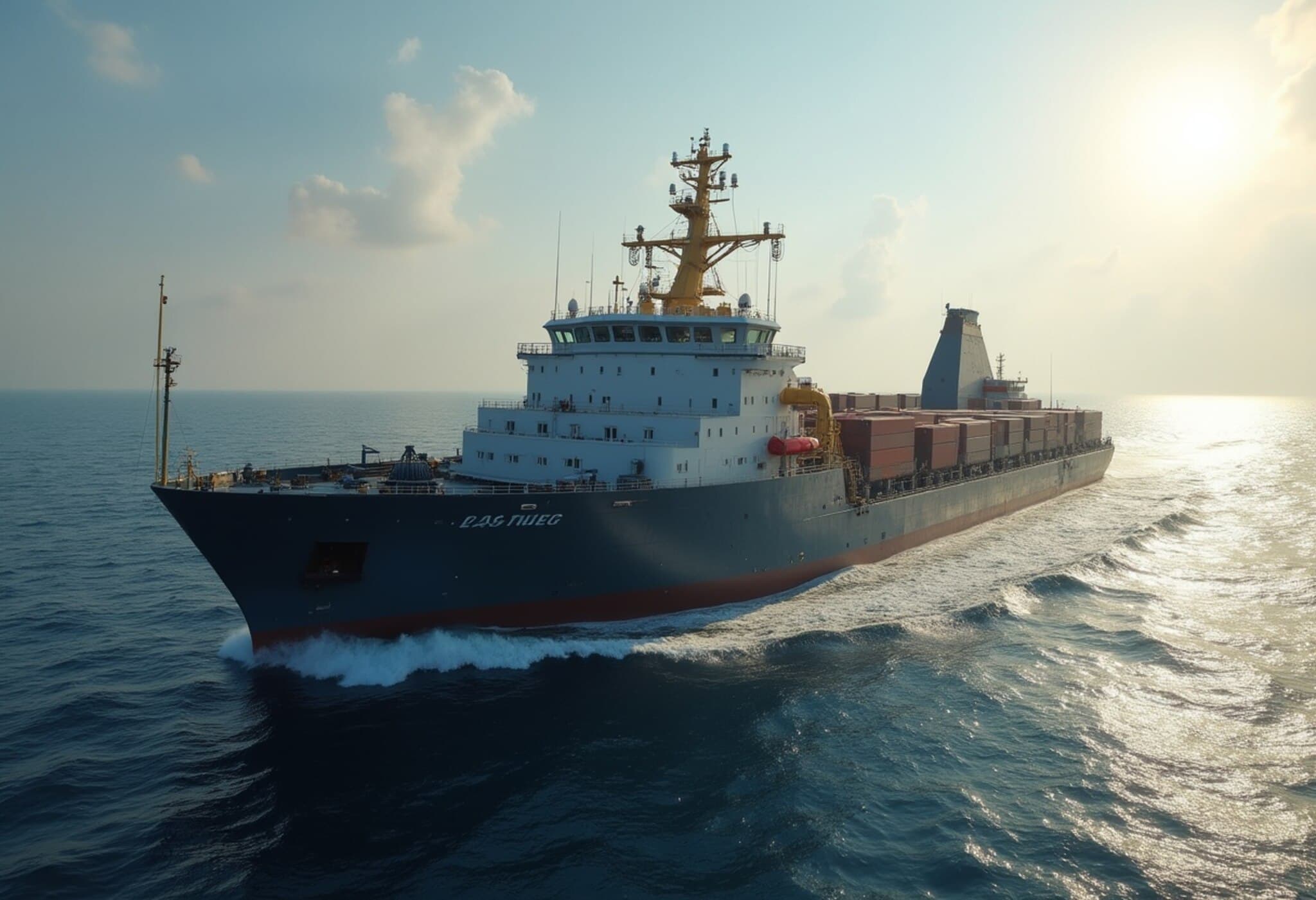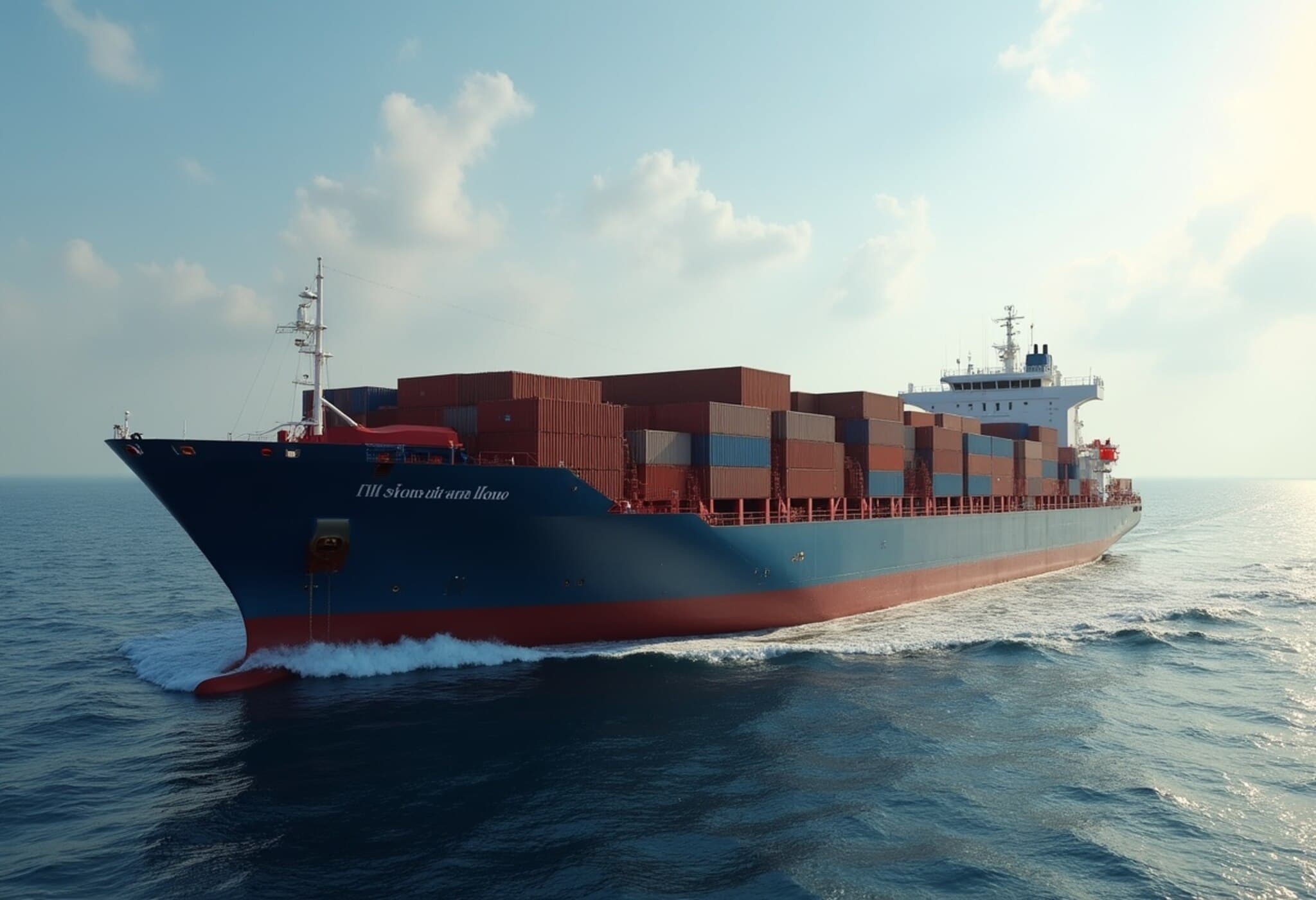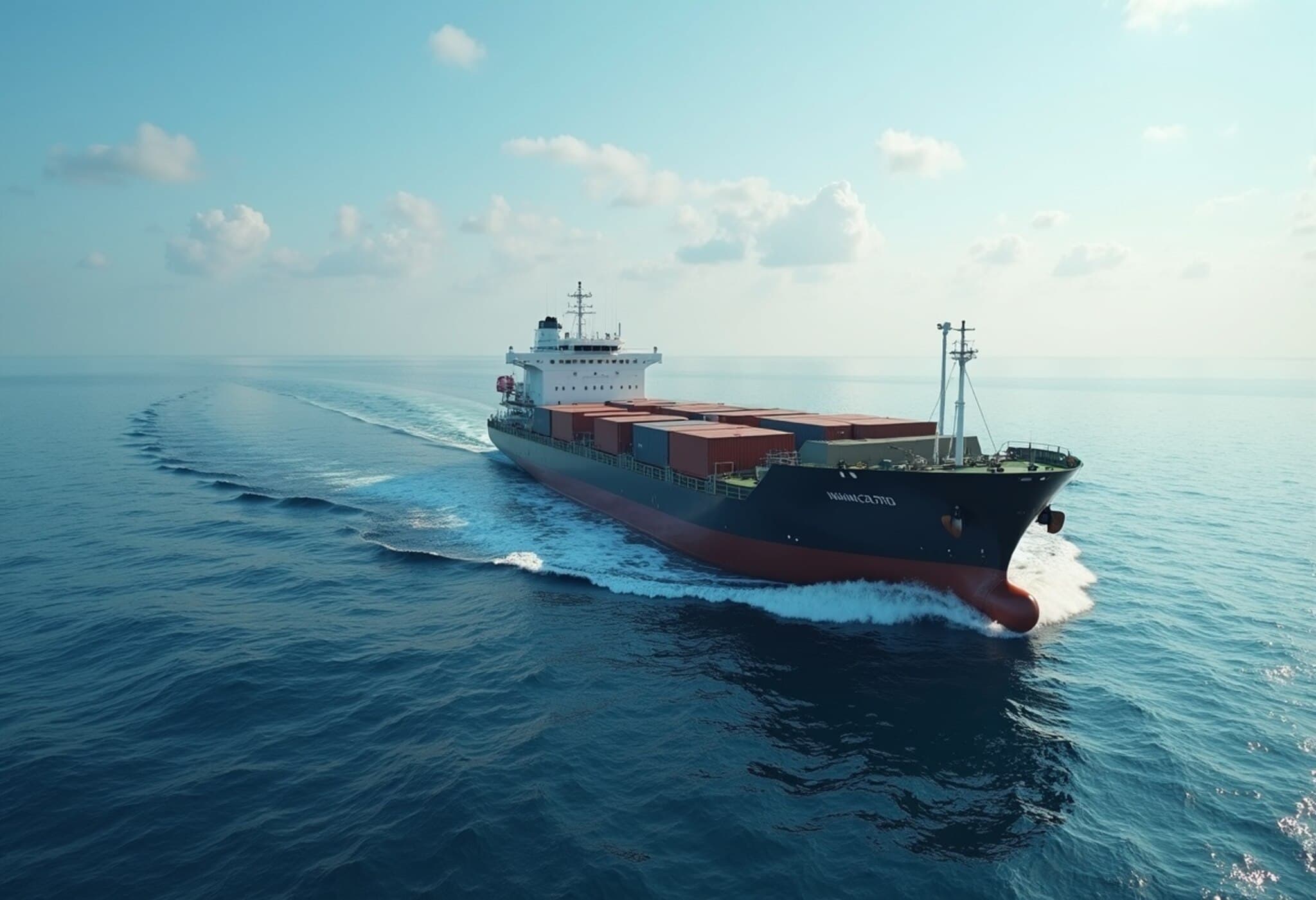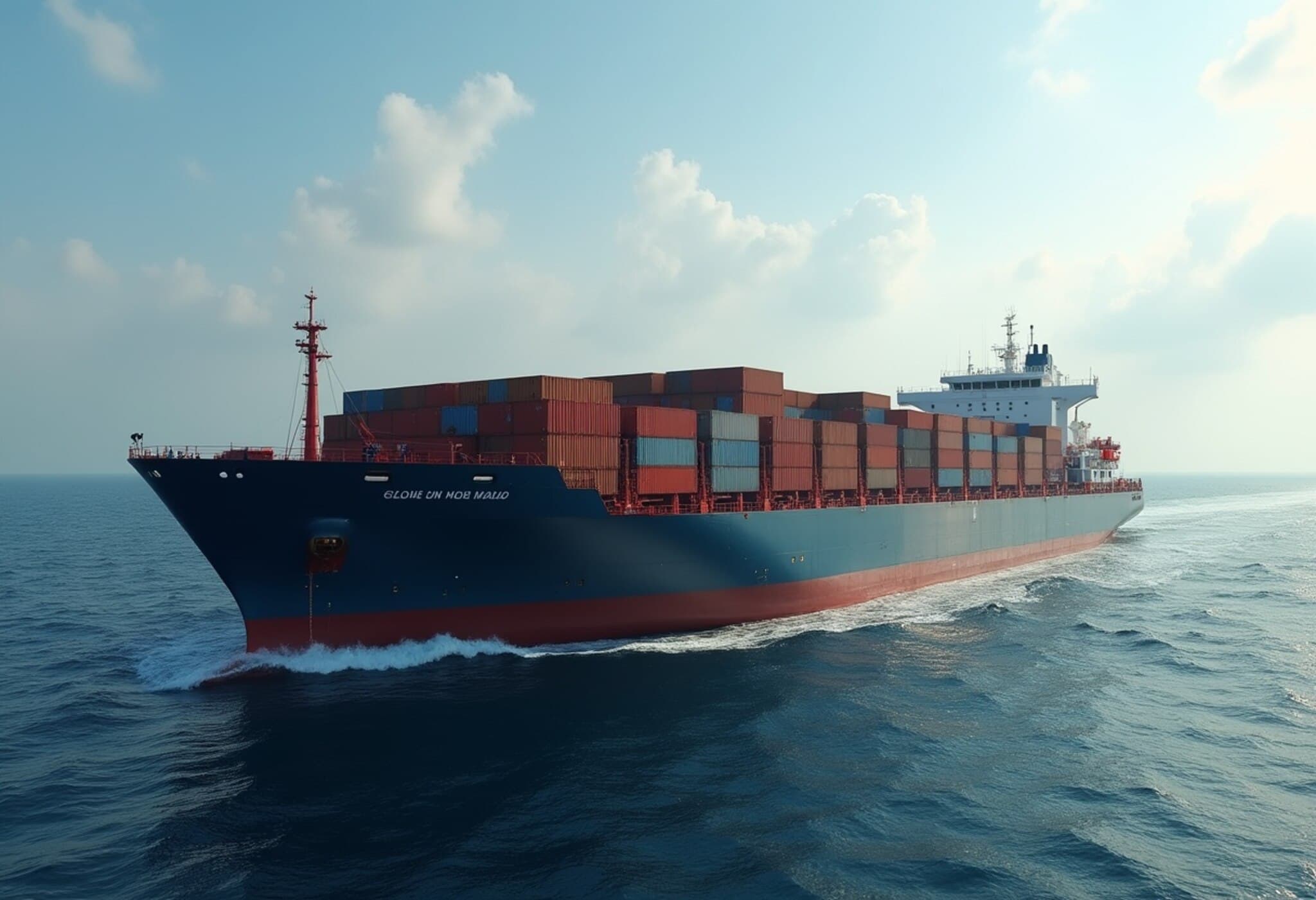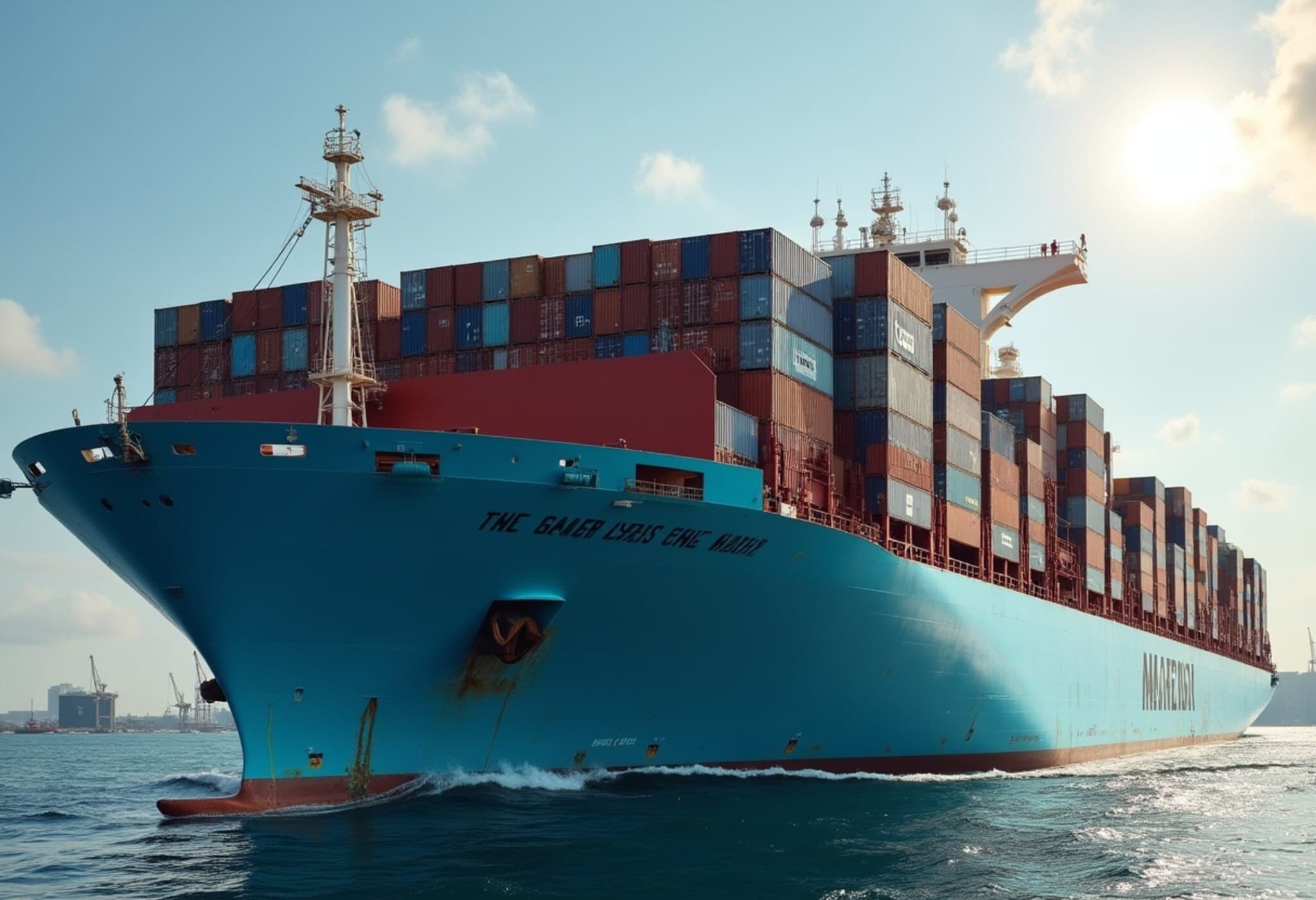Houthis Declare Sinking of Liberian-Flagged Cargo Ship in Red Sea
In a dramatic escalation of maritime hostilities in one of the world’s busiest shipping corridors, Yemen’s Iran-backed Houthi movement has claimed responsibility for sinking a Liberian-flagged bulk carrier, Magic Seas, in the Red Sea on Sunday, July 6, 2025. This marks their first recorded attack on international waters in this year, breaking a six-month lull.
The Incident and Immediate Aftermath
The Houthis announced that the vessel was hit with a concerted offensive involving gunfire, rockets, and explosive-laden remote-controlled boats – sophisticated tactics that bear testament to their growing naval capabilities. Importantly, the group stated that all 19 crew members were allowed to disembark safely and were subsequently rescued by a passing merchant ship. They are expected to reach Djibouti later on Monday.
Stem Shipping, the Greek operator managing Magic Seas, communicated cautious uncertainty, indicating they have no independent verification of the sinking. Similarly, international maritime authorities remain unable to conclusively confirm the ship’s status at this time.
Rescue Operations and Regional Responses
The United Arab Emirates played a crucial role in coordinating rescue efforts. An AD Ports Group vessel named Safeen Prism responded swiftly to the distress signal, successfully evacuating all 22 individuals on board—some reports vary between 19 to 22 crew members—highlighting potential discrepancies in early communication during crises.
The Magic Seas, transporting iron and fertilizer from China bound for Turkey, reportedly suffered significant water ingress after the strike, raising concerns over environmental hazards and shipping lane safety.
Strategic Importance of the Red Sea and the Broader Conflict Context
The Red Sea is a critical commercial artery linking Europe and Asia through the Suez Canal, through which a significant portion of global maritime trade flows. The recent attack abruptly ended a half-year period of relative calm, following a wave of more than 100 attacks conducted by the Houthis from late 2023 through 2024. These earlier assaults had severely disrupted shipping, causing rerouting via the longer and costlier Horn of Africa passage, impacting global supply chains and insurance premiums.
The Houthis justify these actions as solidarity with Palestinians amid the Gaza conflict, intertwining regional proxy conflicts and global geopolitical tensions. However, this renewed activity raises pressing questions about maritime security cooperation and the enforcement of international law in disputed waters.
Details of the Assault and Military Dynamics
Yahya Saree, a Houthi military spokesperson, outlined in a televised release that warnings to the Magic Seas were ignored prior to the assault, which involved an array of weaponry: two unmanned surface vehicles (USVs), five missiles, and three drones. Independent maritime security advisory groups, including the UK Maritime Trade Operations (UKMTO) and British firm Ambrey, confirmed the vessel first faced an attack by eight small boats firing grenades, to which the ship's armed guards returned fire.
The latter missile and USV strikes inflicted critical damage, sparking a fire onboard, further complicating rescue efforts and containment. Concurrently, the Israeli military announced strikes on three Houthi-controlled ports, though no direct links were identified between these and the Red Sea attack.
Implications and International Reactions
The impact of these attacks transcends the immediate damage. Maritime companies have to consider rerouting, increasing delivery times and shipping costs globally. The U.S. and its allies have previously responded with targeted air strikes, emphasizing the strategic priority of safeguarding global trade routes and discouraging terrorism or conflict spillovers.
Recent geopolitical developments, including a brief but intense Israel-Iran conflict accompanied by U.S. airstrikes on Iranian nuclear facilities, have intensified regional volatility. Despite a declared U.S. cessation of strikes against the Houthis—following the group’s commitment to cease disrupting maritime traffic—this fresh assault suggests fragile compliance and lingering threats to security.
Underreported Angles and Expert Insights
- The Human Cost: While reports emphasize crew rescue, the trauma and long-term mental health effects on seafarers navigating conflict zones remain underexplored.
- Environmental Risks: The potential pollution from sinking vessels transporting industrial materials could have lasting ecological consequences for the Red Sea’s marine environment.
- Legal and Policy Challenges: This incident spotlights the limitations of international maritime law enforcement in conflict zones and the need for multinational naval cooperation and clear protocols.
- Economic Ramifications: The disruption of the Suez corridor risks exacerbating global inflationary pressures by increasing shipping times and costs—factors that policymakers worldwide cannot ignore.
Looking Ahead: Navigating Complexity in a Volatile Region
The return of Houthi naval aggression in 2025 signals a precarious turning point in Red Sea security. With growing proxy dynamics and the intertwining of local and global conflicts, ensuring safe maritime passage demands concerted international collaboration. Shipping companies, governments, and global institutions must rethink maritime risk management and diplomatic engagement to mitigate further escalation.
Editor’s Note
This incident not only underscores the vulnerability of vital global trade routes but also reflects the complex mosaic of Middle Eastern geopolitics, where maritime security, regional conflicts, and international responses intersect. Readers are encouraged to consider:
- How might renewed attacks influence global economic stability?
- What role can international maritime law and naval coalitions play in de-escalating tensions?
- Are there viable diplomatic pathways to address the underlying conflicts fueling these attacks?

